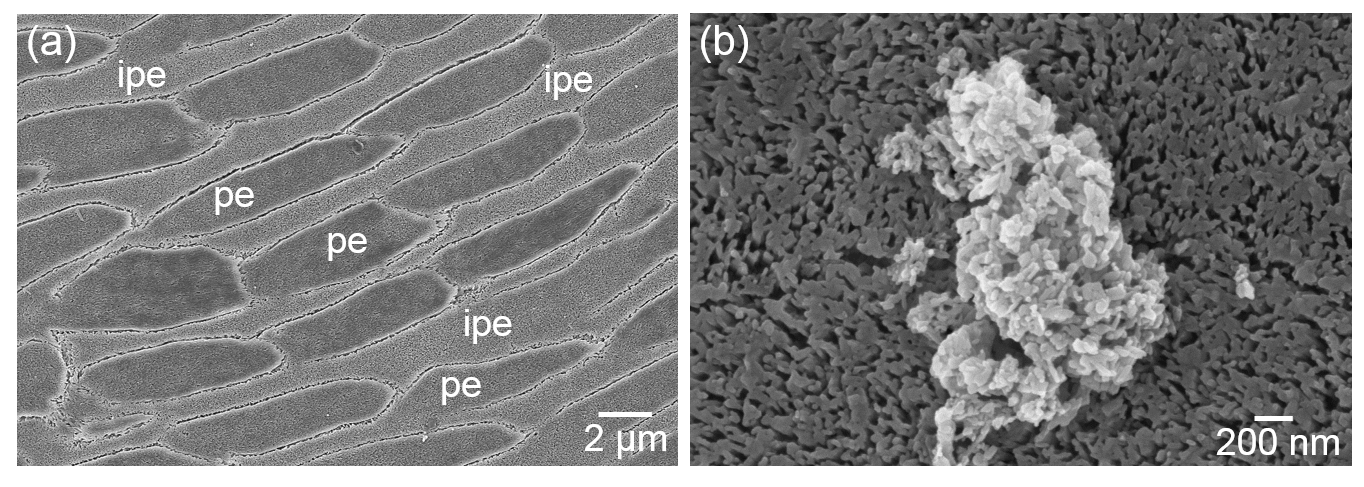
Biomimetic active ingredients in oral care applications
Kathia Fabritius-Vilpoux, Joachim Enax (Dr. Wolff GmbH & Co. KG), Michael Herbig & Helge-Otto Fabritius
Tooth enamel is the hardest and most highly mineralized tissue in the human body with a mineral phase consisting of calcium-deficient hydroxyapatite, Ca5(PO4)3(OH) [1-3]. In modern oral care, biomimetic concepts with hydroxyapatite as main active compound gain increasing attention [4,5] in addressing e.g. tooth hypersensitivity [6], biofilm control [7], caries prevention [8] and the promotion of enamel remineralization [9]. The key for optimizing the efficiency of such products is understanding the interaction between hydroxyapatite particles and the enamel surface.The aim of this interdisciplinary cooperation project is to gain fundamental knowledge of the interaction mechanisms and the affinity parameters of synthetic hydroxyapatite particles and tooth enamel surfaces using a standardized bovine tooth enamel model in an in-vitro approach (Fig. 1). For this, we qualitatively and quantitatively investigate the correlations between binding affinity and parameters such as particle size, morphology and chemical composition both between the pure mineral phases as well as in presence of an artificial pellicle layer using advanced electron microscopy methods. Further topics include the elucidation of the type and quality of the interfaces forming between hydroxyapatite particles and enamel surfaces and how these can be tailored to improve the efficiency of future oral care formulations.

